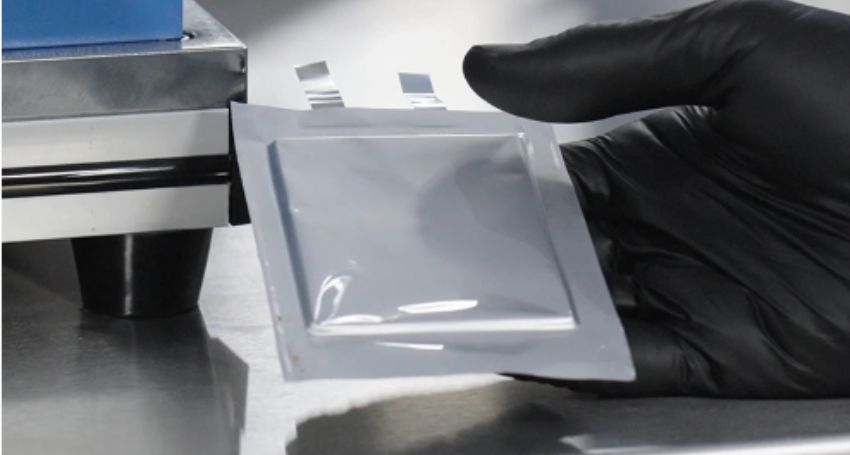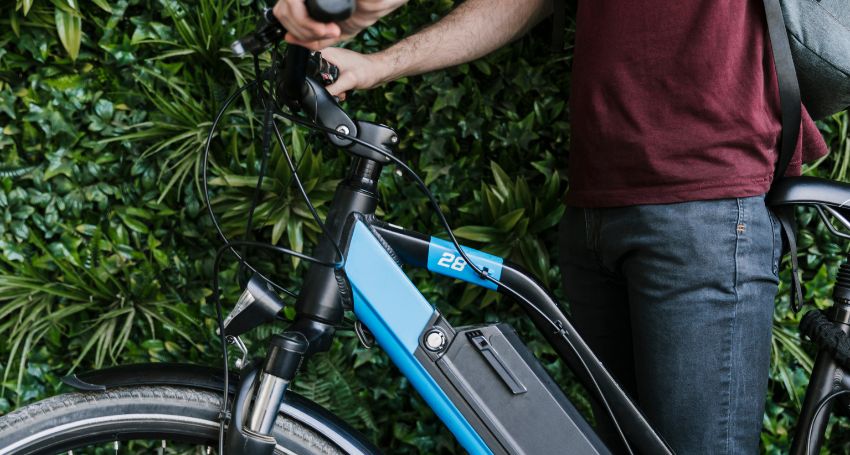
The electric vehicle (EV) revolution relies heavily on advancements in battery technology, and one innovation stands out: graphene aluminium batteries. Combining the unique properties of graphene with the efficiency of aluminium-ion technology, these batteries are set to reshape the future of energy storage. This article explores the fundamentals of graphene aluminium batteries, their benefits over traditional technologies, and their transformative potential for the EV industry.
What Are Graphene Aluminium-Ion Batteries?
Graphene aluminium-ion batteries represent a leap forward in battery technology, combining the conductivity and strength of graphene with the efficiency of aluminium-ion technology. Unlike traditional lithium-ion batteries, these batteries do not rely on lithium, making them more sustainable and environmentally friendly.
This new battery type offers ultra-high power density and nominal energy density characteristics, making it suitable for a broad range of applications. By harnessing graphene-enhanced materials, these batteries provide faster charging and longer-lasting energy storage.
The Need for Better EV Batteries
As EV adoption accelerates, the demand for efficient, sustainable, and high-performance batteries grows. While effective, lithium-ion battery technology has limitations such as slower charging times, environmental concerns, and supply chain issues.
This is where graphene aluminium batteries step in, offering solutions to many of these challenges and unlocking new possibilities for the EV sector.
Key Advantages of Graphene Aluminium Batteries for EVs
For the EV industry, these batteries bring transformative benefits:
- Rapid charging: A full charge in minutes instead of hours significantly improves convenience for EV owners.
- Extended range: Higher energy density ensures EVs can travel further on a single charge.
- Durability: The robust design supports prolonged usage, reducing the need for frequent replacements.
These features make graphene aluminium-ion batteries ideal for addressing the range anxiety and charging infrastructure challenges that currently hinder EV adoption.
Graphene Aluminium-Ion Batteries vs. lithium-ion Batteries
The primary advantage lies in speed and efficiency. Graphene aluminium-ion batteries are up to 22-65 times faster at charging compared to lithium-ion batteries, significantly reducing downtime for devices and vehicles.
Additionally, these batteries offer greater safety by eliminating the risk of thermal runaway, a common issue in lithium-ion battery technology. Their energy density and sustainability further position them as a superior alternative to traditional batteries.
Applications of Graphene-Aluminium Batteries
The versatility of graphene-aluminium batteries opens up a range of potential applications beyond automotive use. Some key areas where these batteries could make an impact include:
1. Electric Vehicles
Graphene-aluminium batteries have the potential to revolutionize the electric vehicle industry. With faster charging times and longer ranges, EV manufacturers could enhance the user experience and make electric vehicles more appealing to the mass market. Tesla, a leader in EV innovation, is reportedly exploring the integration of graphene-based technologies into its future models, including the anticipated Model Y and Model 2.
2. Consumer Electronics
In addition to EVs, graphene-aluminium batteries can be utilized in consumer electronics. Smartphones and laptops could benefit from rapid charging and extended battery life, making them more efficient and user-friendly. Imagine charging your phone from zero to full in under a minute!
3. Military Applications
The military’s demand for reliable and rapid power sources makes graphene-aluminium batteries particularly appealing. Their ability to withstand extreme conditions while providing high energy density and safety makes them a strategic asset for military operations.
Read More: Electric Bikes: Pros And Cons
Challenges to Overcome
Despite the promising advantages of graphene-aluminium batteries, several challenges must be addressed before they can be mass-produced and widely adopted:
- Scaling Production: While producing small quantities of graphene is feasible, mass production at an industrial scale remains a significant hurdle. Developing efficient methods to produce high-quality graphene consistently is essential.
- Cost: Currently, the production of graphene can be expensive, which could hinder its integration into consumer products. Reducing production costs will be crucial for making graphene-aluminium batteries economically viable.
- Integration with Existing Technologies: Ensuring compatibility with current battery management systems and manufacturing processes is essential for a smooth transition to graphene-aluminium technology.
The Future of Battery Technology
As advancements in graphene-aluminium battery technology continue, it is clear that these batteries have the potential to reshape the future of energy storage and electric vehicles. With companies, the dream of a more efficient, safer, and sustainable battery solution may soon become a reality.
Battery Performance: How Fast and Efficient Are They?
Performance metrics for graphene aluminium-ion batteries are impressive:
- Charging speeds are 22-65 times faster than lithium-based alternatives.
- Enhanced longevity ensures consistent performance over thousands of cycles.
- High energy density supports applications requiring reliable and sustained power.
GMG’s third-party laboratory battery testing data further validates these claims, solidifying the technology’s credibility.
Read More: 10 Reasons to Switch to an Electric Vehicle: A Complete Guide
The Impact on the EV Industry
The EV industry stands to benefit immensely from graphene-aluminum batteries. Faster charging, increased range, and improved safety could address some of the most significant challenges facing electric vehicles today.
Moreover, the transition away from lithium-ion batteries reduces dependence on scarce resources, promoting sustainability within the sector.
FAQs
What are graphene-aluminium batteries?
Graphene-aluminium batteries are a new type of battery technology that combines the conductive properties of graphene with aluminium, offering higher energy density, faster charging, and enhanced safety compared to traditional lithium-ion batteries.
Why are graphene aluminium batteries considered more sustainable?
Graphene aluminium batteries do not rely on rare materials like cobalt and lithium. Instead, they use aluminium, which is more abundant, recyclable, and environmentally friendly.
What are the advantages of graphene-aluminium batteries over lithium-ion batteries?
Graphene-aluminium batteries offer several advantages, including higher energy density, faster charging times, greater safety, longer lifespan, and environmental benefits through the use of recycled materials.
What is the current status of graphene aluminium batteries?
The technology, led by GMG, is in the pre-commercial stage, with advancements in manufacturing and performance testing bringing it closer to market readiness.
Conclusion
In conclusion, the development of graphene-aluminium batteries represents a significant leap forward in battery technology. With the potential to revolutionize energy storage and electric vehicles, this innovative technology is poised to shape the future of sustainable transportation. Stay tuned for more updates on this exciting journey!



